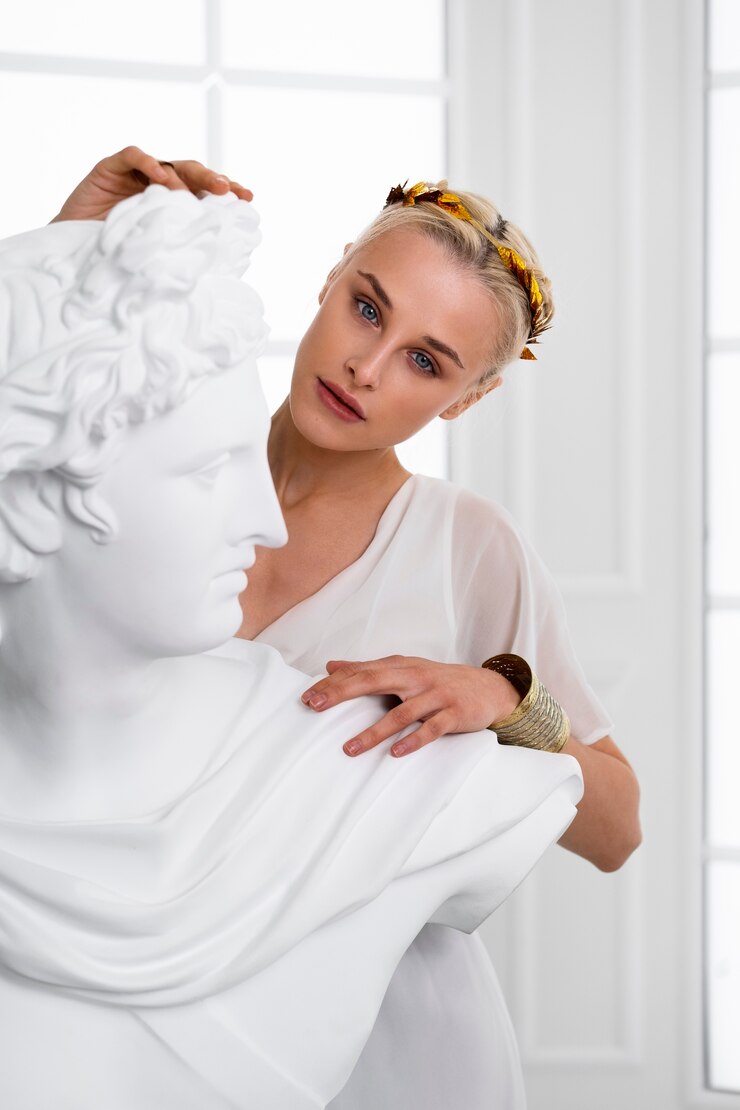Introduction
The allure of ancient artz lies not only in their visual appeal but in the stories, beliefs, and history they preserve. These age-old masterpieces, etched in stone or painted on cave walls, serve as windows into civilizations long gone. In a world dominated by digital art and modern expression, revisiting the roots of artistic evolution offers profound insights into humanity’s shared past.
Whether it’s the sacred frescoes of Egypt or the majestic statues of ancient Greece, ancient artz have influenced contemporary art, architecture, and philosophy. This article explores their enduring beauty, cultural significance, and the ways they continue to shape our world.
What Are Ancient Artz?
“Ancient artz” refers to the artistic creations of early civilizations, spanning thousands of years and various regions including Mesopotamia, Egypt, Greece, China, and Mesoamerica. These works were more than decorative—they were symbolic, functional, and often spiritual.
Common Forms of Ancient Artz
Cave Paintings: Found in places like Lascaux, France and Altamira, Spain.
Sculptures and Statues: Examples include the Venus of Willendorf and Greek kouros figures.
Pottery and Ceramics: Decorated with mythological and everyday themes.
Architectural Masterpieces: Pyramids, ziggurats, and temples.
Metalwork and Jewelry: Often used to demonstrate status or religious belief.
Cultural Significance of Ancient Artz
Ancient art was not created solely for aesthetics. It held religious, social, and political meanings that reinforced the values and identities of the cultures that produced them.
Key Functions:
Religious Worship: Many works were used in rituals or to honor gods.
Historical Record: Chronicles of victories, legends, and kingship.
Social Structure: Art often reflected societal roles, gender norms, and class divisions.
Educational Purpose: Passed down cultural stories and traditions to younger generations.
Regional Highlights in Ancient Artz
Egyptian Art
Iconic for its stylized human figures, hieroglyphics, and monumental architecture.
The use of color and symmetry conveyed spiritual order and divine rule.
Greek and Roman Art
Celebrated for realism, harmony, and proportion.
Introduced techniques like contrapposto and perspective.
Indian and Southeast Asian Art
Rich in symbolism and spiritual depth.
Includes temples, carvings, and intricate mandalas.
Chinese Art
Emphasized nature, balance, and harmony.
Notable for calligraphy, ink paintings, and jade sculptures.
Mesoamerican Art
Known for its intricate calendars, pyramids, and masks.
Featured gods, animals, and celestial events.
Influence of Ancient Artz on Modern Culture
Despite being centuries old, ancient artz continue to inspire:
Modern Architecture: Pillars, domes, and symmetry draw from classical styles.
Visual Arts: Themes and motifs often reference ancient myths and deities.
Popular Culture: Movies, books, and video games frequently borrow from ancient worlds.
Fashion and Jewelry: Revivals of ancient styles are seen on runways and in accessory trends.
Preserving the Legacy of Ancient Artz
The preservation of ancient art is vital for historical education and cultural appreciation. Institutions and governments around the world work tirelessly to protect these treasures.
Preservation Methods
Museum Curation: Exhibiting artifacts under controlled conditions.
Digital Archiving: Using 3D scans and virtual reality.
Cultural Heritage Laws: Preventing illegal excavation and trade.
Restoration Projects: Repairing and maintaining ancient sites.
Related Keywords
Ancient artworks
Historic art forms
Cultural heritage art
These related terms help expand search visibility and reinforce the theme of the article.
Conclusion
The timeless beauty of ancient artz reminds us of humanity’s enduring spirit and creativity. These masterpieces speak to universal themes—love, faith, power, and identity—that still resonate today. By appreciating and preserving these works, we not only honor the past but also enrich our future.
Call to Action
Ready to dive deeper into the world of ancient artz?
Explore more in our [Ancient Civilizations Art Guide](#) or visit your local museum to witness history firsthand. Share this article with fellow art enthusiasts and keep the legacy alive!











